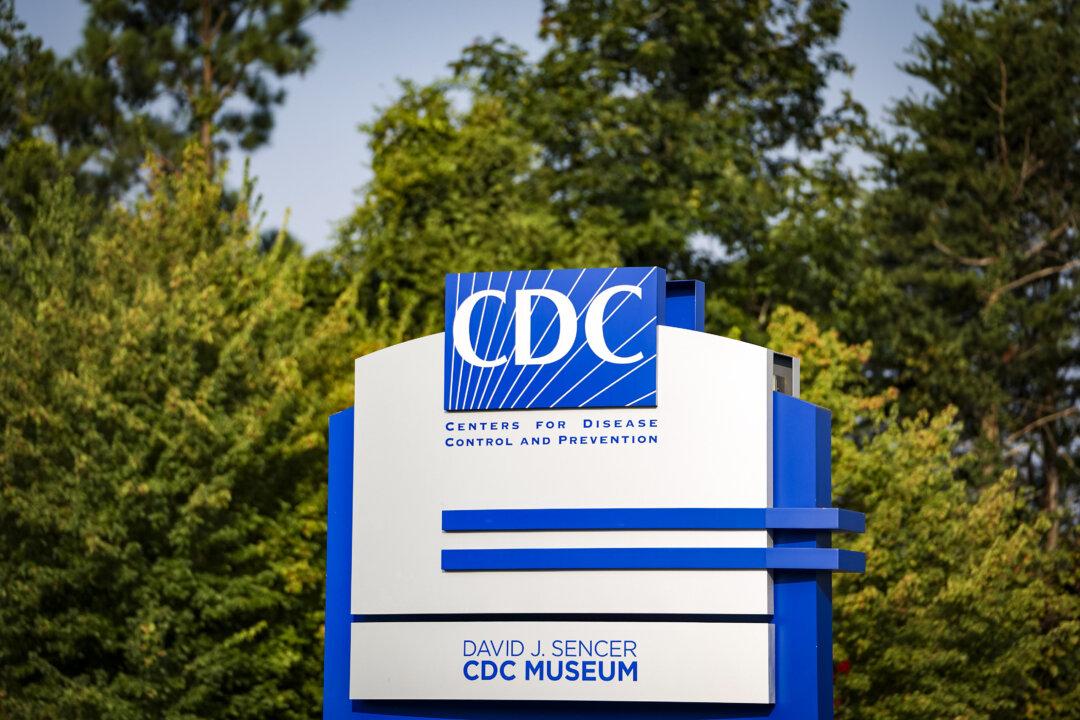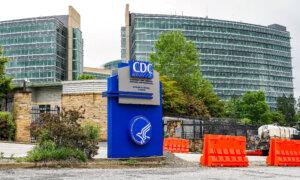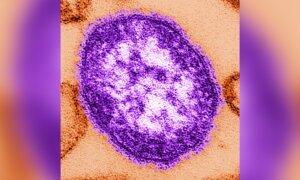The U.S. Centers for Disease Control and Prevention (CDC) overestimates the number of maternal deaths in the United States due to adding numbers not related to pregnancy into the data, according to a recent study.
In their analysis, researchers looked at maternal mortality data in two ways. They first examined maternal death numbers from the CDC’s National Vital Statistics System (NVSS), which is the official maternal death data. In the second method, researchers restricted maternal death figures to only those cases where pregnancy was listed as a cause of death on death certificates.
According to the first method, the maternal mortality rate jumped from 9.65 per 100,000 live births in 1999-2002 to 23.6 during the 2018-2021 period, which is more than a doubling in the rate. This makes America’s maternal mortality rate substantially higher compared to other developed nations.
Using the second method, the maternal mortality rate was found to have remained relatively unchanged during this period, only rising slightly from 10.2 per 100.000 live births to 10.4. These alternate calculations put America’s maternal deaths in line with its international peers.
The increase in maternal deaths under the official CDC method “were mainly due to deaths from less specific causes,” the study stated. “There was a substantial increase in the misclassification of maternal deaths, including a large increase in deaths with malignancy listed among the multiple causes of death.”
Researchers pointed out that “identifying maternal deaths by requiring the mention of pregnancy among the multiple causes of death provides a more accurate, clinically coherent, and compelling perspective on maternal mortality in the United States.”
Cande Ananth, senior author of the study and chief of the division of epidemiology and biostatistics at Rutgers Robert Wood Johnson Medical School, noted that the CDC has acknowledged in the past that errors in calculation were artificially inflating maternal death numbers. Despite efforts to correct these errors, things have not changed, he said, according to a March 13 press release.
“On the contrary, official estimates show maternal death rates nearly doubling between 2018 and 2021, which clearly hasn’t happened. Still, many media outlets have reported these figures as correct, and it’s important to set the record straight,” he said.
NVSS reports show maternal mortality jumping from 17.4 per 100,000 live births in 2018 to 32.9 per 100,000 births in 2021.
“Accurate numbers are important to know where we stand and how we need to allocate money and effort to make improvements going forward,” Mr. Ananth said.
Misclassified Deaths
Maternal death estimates in the United States started to rise in 2003 when death certificates began to use a checkbox to mark the death of pregnant women.However, the system came under scrutiny after controversial incidents like including 85-year-old women and even biological men in the data. This raised questions about the validity of the numbers. As a consequence, the CDC stopped reporting maternal deaths between 2007 and 2017.
In 2018, NVSS implemented a new system under, which only considers deaths among women aged 15 to 44 for classifying pregnant deaths. However, NVSS continues to misclassify many unrelated deaths as maternal deaths, researchers found.
“If you’re pregnant and die in a car crash, that’s not a maternal death,” Mr. Ananth said.
“A big change driving recent increases in the official numbers stems from the tendency to include more and more cancers unrelated to pregnancy in maternal death rates. A woman who had a diagnosis of breast cancer before conception and then died after the pregnancy ended or—a woman who would have died [even] if she’d never gotten pregnant—will be counted as a maternal death.”
“Research is needed to provide insights into the causes of pregnancy checkbox errors, and to identify barriers impeding the correct completion of death certificates,” the study said. “There is also a pressing need for studies regarding effective methods to improve the accuracy of death certificate information.”
“Maternal mortality is a crisis in the United States. These rates have been increasing over the past several decades and were exacerbated by the pandemic,” said study author Dr. Allison Bryant, senior medical director for health equity at Mass General Brigham.
“We went from underestimating to overestimating, so we had to make that correction. But I feel fairly confident that the increases since 2018 are real.”
“Between 2000 and 2020, the maternal mortality ratio dropped by about 34 percent worldwide … Almost 95 percent of all maternal deaths occurred in low and lower middle-income countries in 2020.”
The Epoch Times reached out to the CDC for comment.







